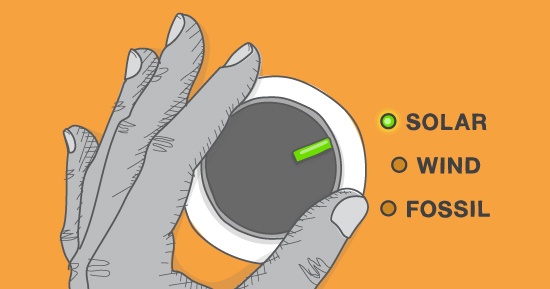
The “Utility of the Future” is a buzzword that has been dominating our industry’s publications and conference circuits for the past few years. Many industry thought leaders have published their ideas, and many of these smart ideas include elements of strategic electrification, distributed resources, non-centralized generation, and non-wire alternatives.
While we fancy ourselves to be energy thought leaders, we didn’t want to fill this post with futuristic ideas that are grounded in personal opinion. Instead of dwelling on industry insider speculation and language, we decided to get the opinions of the 99 percent of the U.S. that is not employed daily in this industry and ask their thoughts on the Utility of the Future. After all, what good is a Utility of the Future if it doesn’t include any customers?
Newsflash: It turns out that typical consumers don’t think much about the Utility of the Future. They are more worried about getting their children to soccer practice.
Customers are relatively content with their utility, probably because they don’t think about their utility very often. In fact, GreenTech Media estimates that customers think about energy for only eight minutes each year. (We’d like to believe that most EnergyWire readers spent more than eight minutes thinking about energy on their commute this morning!)
Our research into this topic included thousands of customer surveys as well as in-person customer intercepts on the street. Here is what we found:
- Renewables, specifically solar, were the most common technology associated with the Utility of the Future; 64 percent of our respondents referenced renewables as being part of the future. At this point, however, we would refer to solar as being the “Utility of Today,” as renewables have surpassed coal in many states.
- Over 30 percent of customers believe that the future includes energy being delivered wirelessly without poles and wires—through airwaves. Considering many of us can now charge our cell phones without actually plugging them in, maybe this technology is closer than we think.
- Six percent of consumers believe they will be buying their energy from Google, or Amazon, or other large non-utility technology companies. Is this a stretch? Considering everything else that can be purchased online, based on competitive pricing and customer reviews…why not energy? Perhaps these companies can disrupt the energy industry the same way!
Back to the original question. Are customers demanding an energy revolution?
No.
Remember, though, customers weren’t demanding a revolution in the hotel industry, but Airbnb did it. Customers weren’t demanding a revolution in the public transportation industry, but Uber and Lyft disrupted it anyway. Most customers were content with movie rental stores, but Netflix completely shattered their expectations about renting movies.
Customers may not be demanding it, but that doesn’t mean we shouldn’t revolutionize the energy industry. And if we are going to do it, here is how we can bring along energy customers.
What the energy industry can do
Now is the time for utilities to reposition themselves to customers as “energy services companies” and begin to shift customer perception. Yes, there is a great deal of regulation holding utilities back from competing in today’s fast-changing energy world. But the act of repositioning a brand is not encumbered by regulation.
- Find a way to combine what customers want most with their idea of the energy services company of the future. Start giving customers insights into microgrids and community solar, through timely, relevant updates. Share with them the benefits: reliability, lower costs, more choice, more control—these are the things customers want most. Drive demand for the future.
- Engage customers who are interested in taking part in pilot programs who might not otherwise have the financial means or flexibility to join programs. These customers become case studies and ambassadors for future changes, especially in hard-to-reach markets.
- Create easy, digestible communications, including in your social media channels. Our research showed that approximately a third of our respondents communicate via social media with their utility, and we’re pretty sure that proportion will continue to grow. Millennials will be the ones most impacted by the energy services company of the future, and social media is the platform of choice for them.
- Get started. Take some risks. Fail. Learn from your failures and get smarter.
